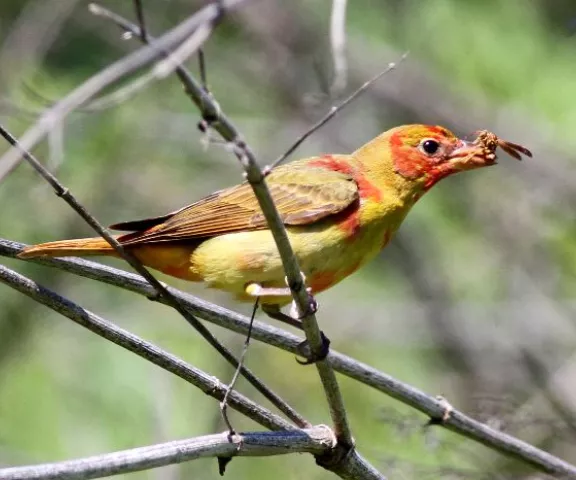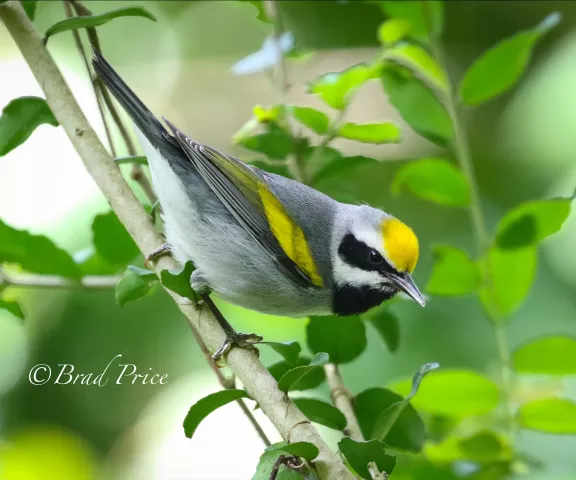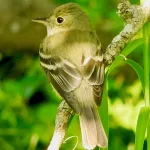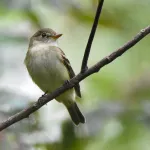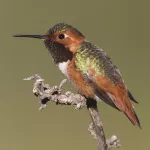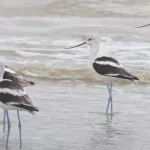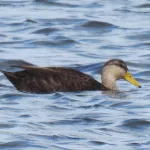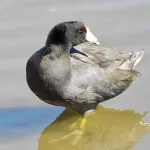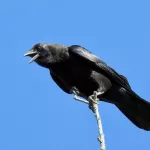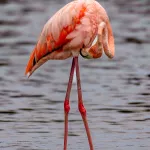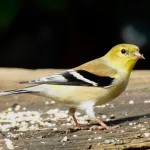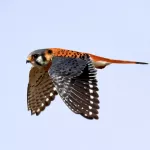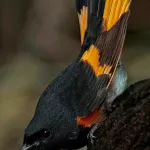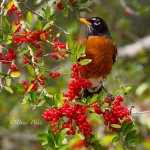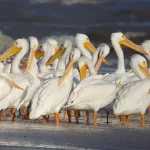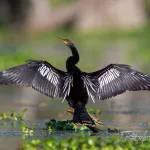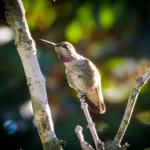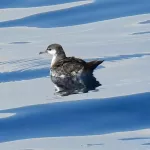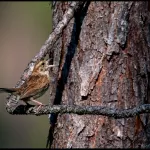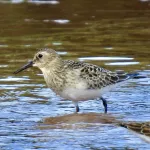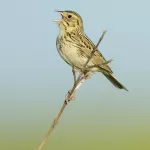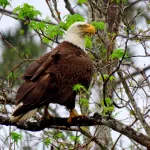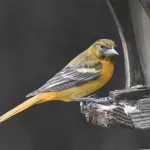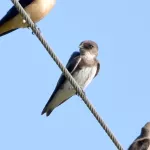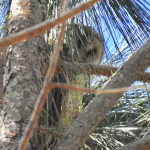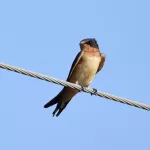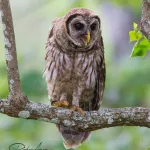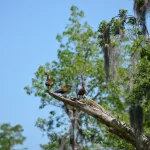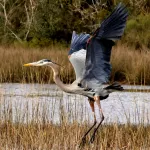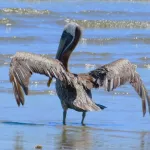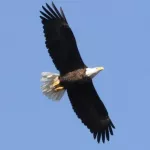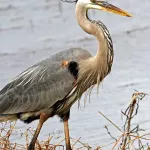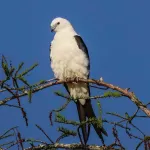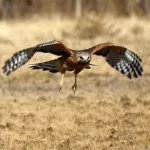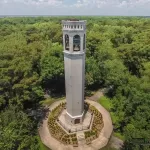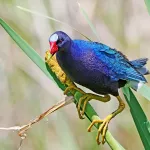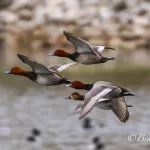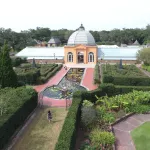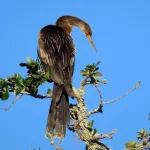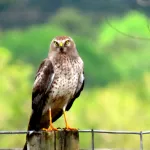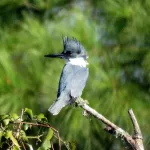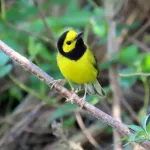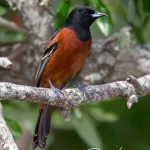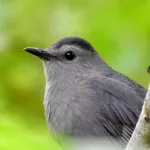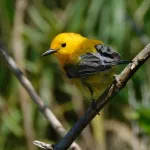Peveto Woods Bird and Butterfly Sanctuary
Peveto Woods Sanctuary on the southwestern coast stands as one of the two most-birded sites in the state. Just over 65 percent of Louisiana's 488 total recorded bird species have been recorded at this site. Doing the math, that equates to 318 bird species recorded from this tiny patch of coastal forest. It was the first chenier (or coastal woodland sanctuary) to be preserved in Louisiana.
The forest of this small site consists primarily of live oak, hackberry, honey locust, and red mulberry trees. Undergrowth is dense. A willow-lined tidal pond is located on the site's northern edge. The pond, nearby beach, and nearshore waters of the Gulf of Mexico to the immediate south of the refuge attract a surprisingly wide variety of waterfowl, shorebirds, and seabirds.
Peveto Woods Sanctuary serves as a “migrant trap”--a critical north-south stopover for migratory birds. That’s why it is most actively birded from March-May and August-October when large numbers of neotropical songbirds visit the sanctuary during spring and fall migration.
During spring migration, stormy weather associated with the passage of Canadian cool fronts can ground thousands of northbound birds representing 40 or more species at a time. During these “fall-outs,” 20 or more species of warblers, such as the Bay-breasted, Yellow, Blackburnian, Chestnut-sided, and Canada Warbler, are often tallied in a single day. When cool fronts come from the west rather than the north, numerous western U.S. vagrant species often sweep in with them.
Fall birding is less intense and more protracted, with vagrants from the western U.S. continuing to drop in when conditions dictate. Migrant raptors, flycatchers, swallows, songbirds, and a few shorebirds from central and eastern North America parade through in small waves or pulses, depending on weather and wind conditions. Birders might spot Great Crested, Acadian, Alder and Least Flycatchers, Tree, Northern Rough-winged, and Cliff Swallows, Peregrine Falcon, and Broad-winged Hawk.
The summer and winter months are the quietest for birds, although often the best for butterflies, dragonflies, and wildflowers. Peveto Woods offers a few amenities: a small grass parking area, a porta-potty, and a small walk-up interpretive display. Trails allow foot traffic only and the site is not handicapped accessible.
